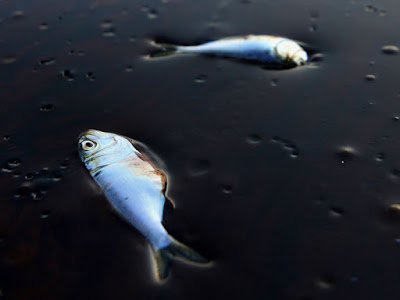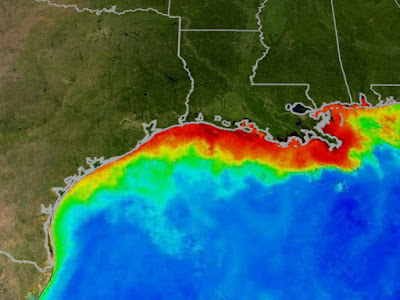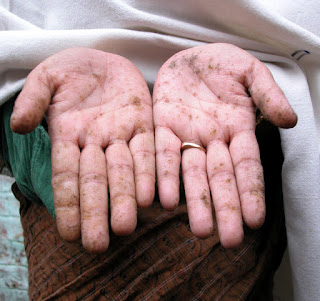Acid rain is subsequent of atmospheric pollution caused by a human being. Acidic rain is comprised of droplets containing the poisonous or acidic composition taken from the atmosphere. What actually happens is that sodium and nitrogen emitted from different sources into the
environment get to interact with the rain droplets to make it acidic. The process of acidic deposition in the air takes place in two manners wet acid deposition and the dry acidic deposition.
Wet Acid deposition:
N wet decomposition, the precipitation in the form of snow or rain removes the acid from the atmosphere into the surface of Earth. This is caused due to deposition of acidic material into the drops of rain and snow.
Dry Acid deposition:
In a dry deposition, the toxin in the absence of precipitation particles sticks to the ground through the smoke and dust particles.
PH value of acid rain:
The acidity in the rain is measured by the PH scale .0 is the most acidic point in and the 14 level is the most alkaline point in measuring the acidic. While PH level 7 is the neutral acidic level meaning that it is neither alkaline nor acidic. Rainwater is always naturally acidic to some extent due to the presence of oxides in the atmosphere. The PH value of rain in an unpolluted ecosystem is somehow in between 5 to 6 but when the air of an ecosystem gets contaminated with excess oxides of nitrogen and sulfur, its PH value increases to the level 4 and often in more polluted areas it is recorded to be having the PH value of 2 and it Is the most acidic rain having adverse effects on the atmosphere.
History of acidic rain:
The gases responsible for the acid rain is mostly emitted from the natural resources like volcanoes but is also emitted by the human combustion of fossil fuels in industries and vehicles. Effects and deposition of acid in the rain was under consideration of the scientist since the 18th century but was not able to gain the profound attention of the world. The issue gained the mass attention of the public in late1970when the New York Times published their report dealing with the issues faced in the forest in New Hampshire.
Effects of acidic rain:
Acid rain has many adverse effects on the life of habitat in an ecosystem it has adverse effects on the earth aquatic life, plantation on the earth and also on the animals and the human being living on.
Effects on forest:
Acidic rain causes the stunt of growth in plants and trees. It washes away all the essential nutrients of the plants and soil that make them grow well. Besides, the chemicals in the rain react with the nutrients in the plant cell causing different diseases in the plants also the chemical deposits in them make them the vulnerable prey of plants enemy insects. .forestall around the world are affected by the acid rain but mostly these effects can be seen in the forests of European countries. Almost 30% of forests in Switzerland are destroyed by the acidic rain.
Effects on marine life:
The acidic water when inserting the aquatic body causes to increase the aluminum concentration in the water. Besides, it lowers the PH value of the water, which subsequently results in the death of fishes. Snails mussels, shrimps, minnows, salmon, roach are widely affected by the contamination of the acidic rainwater into the rivers, lakes and seas. it also destroys the plankton’s life in the sea.
Effects on human being:
The acidic rain appears like normal rain. It does not have direct effects on the human body when interacted with it during the walk in the rain. The pollutants in the rain form the nitrate and sulfate which when inhaled deep causes many respiratory and lungs disorders besides the toxic pollutant in the rain are also responsible for causing the diseases of heart .it also have been reported in some places to cause some allergic effects on the skin of human beings.



































